It is overland tour to Mt. Wudangshan in Hubei province from Xian. Hubei province is located in mid China connecting many provinces in China by convenient transportation of railway, cruise, and flights......
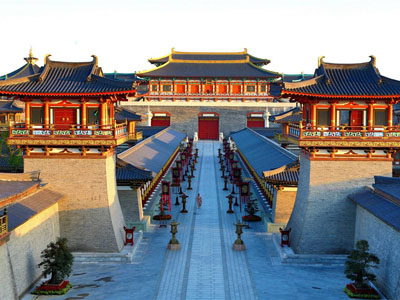
It is said that tea shrubs were first discovered in the tropical and sub-tropical climate zone in the southwestern part of China , where primeval forests prevailed and the warm and moist setting was favorable for the growth of tea shrubs. Wild tea trees of 2,700 years old and planted tea trees of 800 years old can still be found in the area.
Shen Nong Shi, the God of Agriculture, was believed to be the first to discover tea. In his “Book of Herbs”, it says that “Shen Nong shi personally tasted hundreds of species of herbs and he was hit by 72 poisons in a single day. But he used a kind of tree leaves to ease his case and it turned out to be tea tree."
Chinese tea was primarily used as a medicine before the 8th century B.C. During the spring and Autumn Period, Chinese people chewed tea leaves and enjoyed the taste of the juice itself.
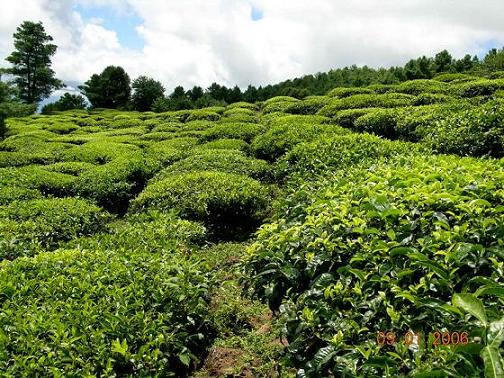
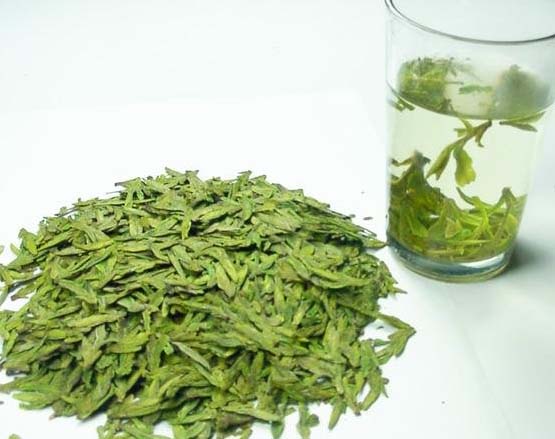
In the next stage, Chinese tea was cooked like a soup. Tea leaves were eaten along with the soup. Tea leaves were even mixed with food. Ancient Chinese books documented that tea was eaten and used with other spices to cook.
During the Qin and Han dynasties (221 BC - 8 AD), simple processing of Chinese tea emerged. Tea leaves were pressed into balls, dried and stored. When served, tea balls were crushed and mixed with green onion, ginger and then boiled in teapots. This is the point where Chinese tea turned from a medicine into a beverage. Also, it marked the beginning of Chinese tea being used to treat guests.
Chinese tea evolved from a palace treat to a common beverage during the Jin Dynasty.
Tea trading did not start until the Tang Dynasty (618 AD - 907 AD) when techniques in tea plantation and processing advanced at great speed, resulting in a lot of famous teas.
In the Tang Era, Chinese tea was processed and distributed in the form of tea cakes. People started to get serious about making tea. Specialized tea tools were used and tea books were published - including the most famous "Literature of Tea" by Lu Yue. The art of Chinese tea started to take shape.
Tea became popular in Tang and prospered in Song (960 - 1276)". At the beginning of the Song Dynasty, Chinese tea was kept in the shape of balls and cakes. When served, tea was crushed and boiled with seasoning material. But as tea drinkers became more particular, they paid more attention to the original shape, color, and taste of tea leaves. Seasoning material faded out and loose leaf tea started to take the center stage.
From the Ming Dynasty (1368 - 1644) onward, loose tea leaves completely took over. In 1531-1595, Chinese tea completed the process of moving from boiling to brewing. Specialty tea tools like Yixing teapots became popular.
After Ming, numerous types of Chinese teas were introduced. The famous Kungfu Tea was one of the landmarks in the development of Chinese tea brewing.
It dated very early since tea was delivered to other country. Particularly, since 1700s, the Chinese tea has largely expended into the world market, providing tea to meet the requirement of the world people. Tea has become the big sale of Chinese traditional commodity.
Nowadays, tea production is all over the world including five continents and more than fifty countries and regions. However, China is truly the birth place of tea and tea drinking where the tea culture spreads to the world. China was called the motherland of tea by ancient people.
The Chinese tea still has its characteristics even today, such as: long history, large plant area, large variety, rich tea culture. And there are many series, such as Black Tea, Scented Tea, Green Tea, Oolong Tea, Health Care Tea, etc.
Related Tours

It is overland tour to Mt. Wudangshan in Hubei province from Xian. Hubei province is located in mid China connecting many provinces in China by convenient transportation of railway, cruise, and flights......
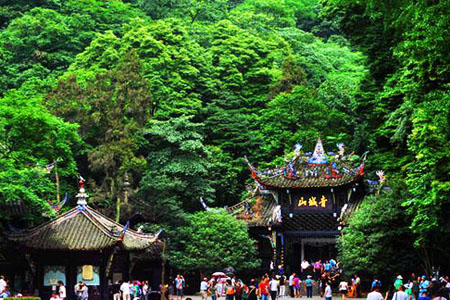
One day classic tours of Chengdu to Mt. Qingchengshan and Dujiangyan Dam will show tourist the profound of ancient Chinese wisdom and culture in harmony relation with the world. ......
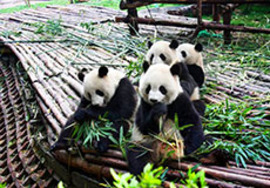
The most classic one day Chengdu tours will bring tourist to Chengdu Giant panda garden and Leshan giant buddha with private travel guide and car in Chengdu, extremely convenient and easy!......

One days best Chengdu tours bring tourist to Sanxingdui museum and giant panda garden with private guide and car, making your tour in Chengdu easy. ......
This panda volunteer work provide tourist with one days unique experience of Panda volunteer project works and bring them an intimate touch with Giant pandas, also the best way to learn deep about pand......
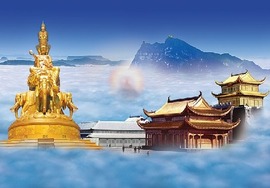
It is tour from the only one operator in Chengdu tours market offering Emeishan and Leshan tours by bullet train. Our highlights including Leshan Giant Buddha and Mt Emeishan. ......

